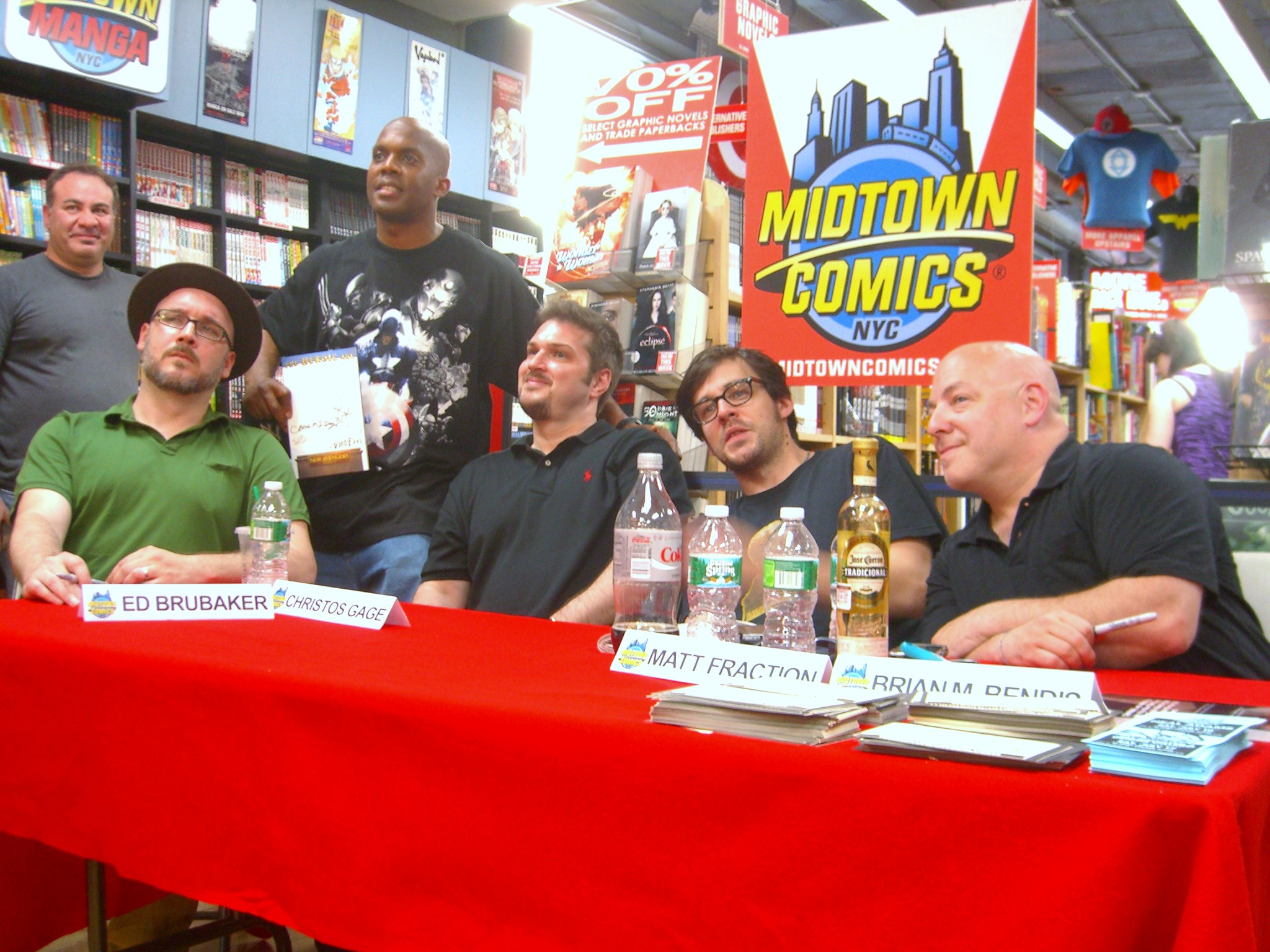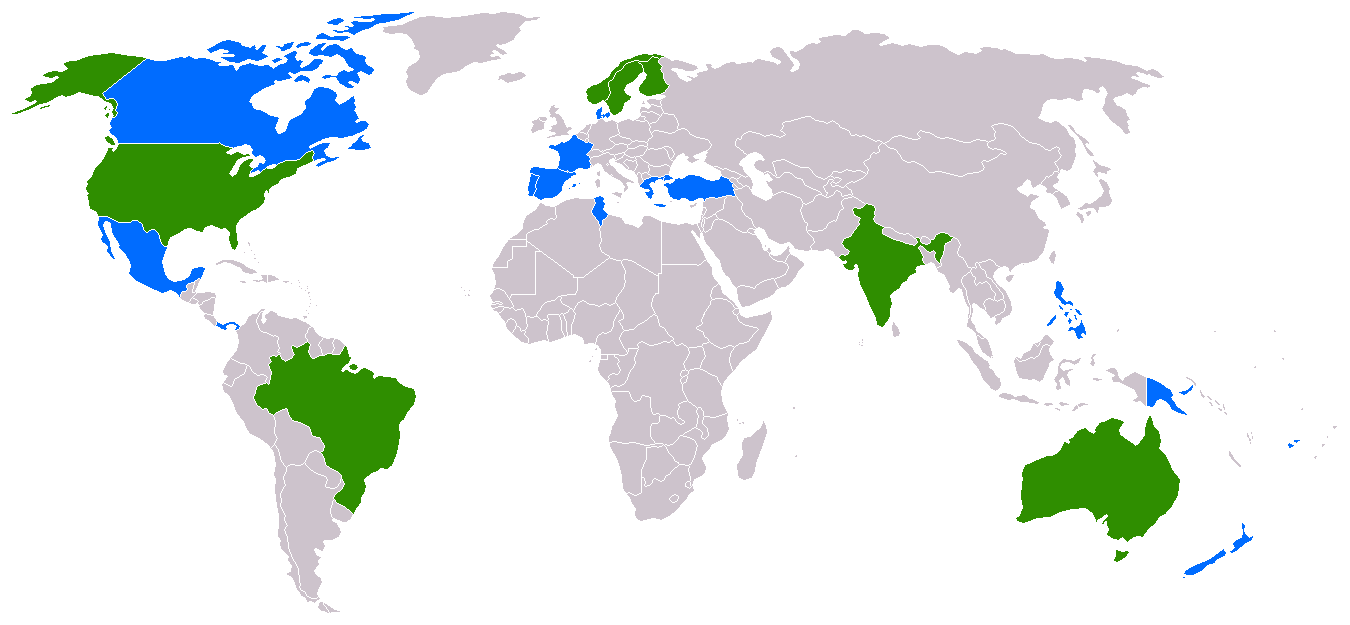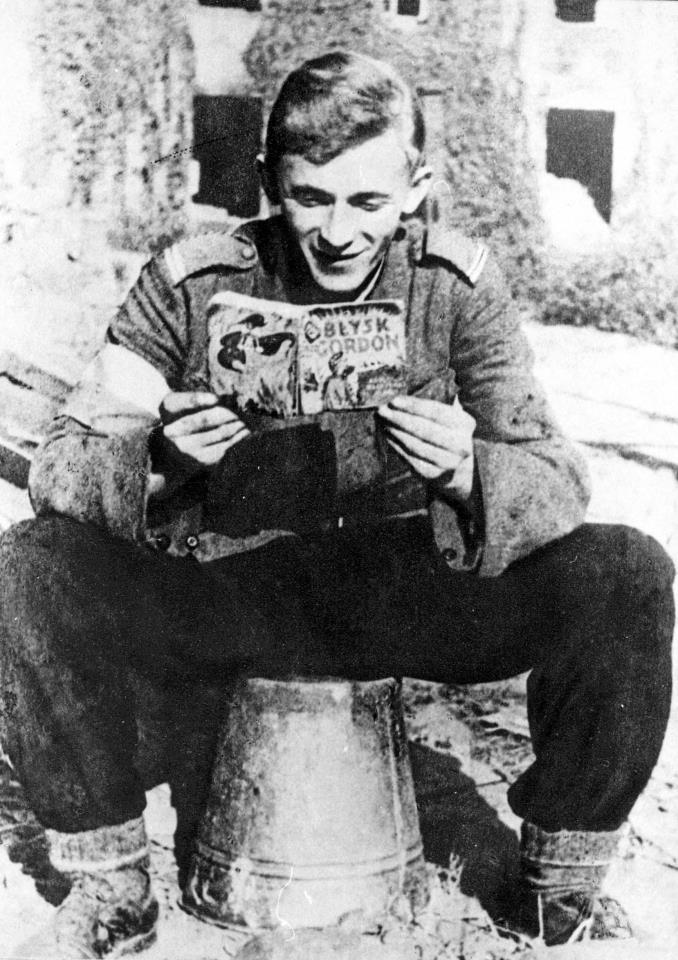|
Marvel Action Universe
''Marvel Action Universe'' was a 1988–1991 weekly syndicated television block from Marvel Productions featuring animated adaptions of ''Dino-Riders'' and ''RoboCop'', along with reruns of the 1981 ''Spider-Man'' cartoon and ''Spider-Man and His Amazing Friends''. Format The first half of the hour was an episode of ''Dino-Riders''; the second half an episode of ''RoboCop''. Reruns of the 1981 ''Spider-Man'' cartoon (alternating with ''Spider-Man and His Amazing Friends'') were aired, making the program 90 minutes long in some markets. The block is notable for debuting the X-Men pilot, '' X-Men: Pryde of the X-Men'' during its second season. Various other Marvel cartoons began airing during the show's second season as well. To coincide the airings of various shows on the program, Marvel produced a few comics based on some of the shows. In 1989, a ''Dino-Riders'' comic series was published by Marvel. Also in 1989, Marvel reprinted the original one-shot comic ''Spider-Man and H ... [...More Info...] [...Related Items...] OR: [Wikipedia] [Google] [Baidu] |
Dino-Riders
''Dino-Riders'' is an animated television series that first aired in 1988. ''Dino-Riders'' was primarily a promotional show to launch a new Tyco toy line. Only fourteen episodes were produced, three of which were produced on VHS for the United States. The show aired in the U.S. as part of the '''' programming block. The series focuses on the battle between the heroic Valorians and the evil Rulon Alliance on prehistoric Earth. The Valorians were a superhuman race, while the Rulons comprised several breeds of humanoids (ants, crocodiles, snakes, and sharks were the most common). Both races came from the future but were transp ... [...More Info...] [...Related Items...] OR: [Wikipedia] [Google] [Baidu] |
Broadcast Syndication
Broadcast syndication is the practice of leasing the right to broadcasting television shows and radio programs to multiple television stations and radio stations, without going through a broadcast network. It is common in the United States where broadcast programming is scheduled by television networks with local independent affiliates. Syndication is less widespread in the rest of the world, as most countries have centralized networks or television stations without local affiliates. Shows can be syndicated internationally, although this is less common. Three common types of syndication are: ''first-run'' syndication, which is programming that is broadcast for the first time as a syndicated show and is made specifically to sell directly into syndication; ''off-network'' syndication (colloquially called a "rerun"), which is the licensing of a program whose first airing was on network TV or in some cases, first-run syndication;Campbell, Richard, Christopher R. Martin, and Bettina ... [...More Info...] [...Related Items...] OR: [Wikipedia] [Google] [Baidu] |
Dinosaur
Dinosaurs are a diverse group of reptiles of the clade Dinosauria. They first appeared during the Triassic period, between 243 and 233.23 million years ago (mya), although the exact origin and timing of the evolution of dinosaurs is the subject of active research. They became the dominant terrestrial vertebrates after the Triassic–Jurassic extinction event 201.3 mya; their dominance continued throughout the Jurassic and Cretaceous periods. The fossil record shows that birds are feathered dinosaurs, having evolved from earlier theropods during the Late Jurassic epoch, and are the only dinosaur lineage known to have survived the Cretaceous–Paleogene extinction event approximately 66 mya. Dinosaurs can therefore be divided into avian dinosaurs—birds—and the extinct non-avian dinosaurs, which are all dinosaurs other than birds. Dinosaurs are varied from taxonomic, morphological and ecological standpoints. Birds, at over 10,700 living species, are among ... [...More Info...] [...Related Items...] OR: [Wikipedia] [Google] [Baidu] |
Marvel Comics
Marvel Comics is an American comic book publishing, publisher and the flagship property of Marvel Entertainment, a divsion of The Walt Disney Company since September 1, 2009. Evolving from Timely Comics in 1939, ''Magazine Management/Atlas Comics'' in 1951 and its predecessor, ''Marvel Mystery Comics'', the ''Marvel Comics'' title/name/brand was first used in June 1961. Marvel was started in 1939 by Martin Goodman (publisher), Martin Goodman as Timely Comics, and by 1951 had generally become known as Atlas Comics (1950s), Atlas Comics. The Marvel era began in June 1961 with the launch of ''The Fantastic Four'' and other superhero titles created by Stan Lee, Jack Kirby, Steve Ditko and many others. The Marvel brand, which had been used over the years and decades, was solidified as the company's primary brand. Marvel counts among List of Marvel Comics characters, its characters such well-known superheroes as Spider-Man, Iron Man, Captain America, Thor (Marvel Comics), Thor, Doc ... [...More Info...] [...Related Items...] OR: [Wikipedia] [Google] [Baidu] |
Star Comics
Star Comics was an imprint of Marvel Comics that began in 1984 and featured titles that were aimed at child readers and were often adaptations of children's television series, animated series or toys. The last comic published under the imprint featured a May 1988 cover date, although the Star Comics Magazine continued through December 1988. Some of the titles continued after that, being published directly by Marvel. Several of the original titles consciously emulated the house writing and visual style of then-recently defunct Harvey Comics titles such as '' Richie Rich''. The imprint's signature titles were ''Peter Porker, The Spectacular Spider-Ham'' and '' Heathcliff'', its longest running title. The imprint was also known for its ''Star Wars'' titles, '' Droids'' and ''Ewoks'' (based on the animated television series). Artists working on the line include Warren Kremer and Howard Post. Background For a number of years the industry had benefited from an "age stepladder" whereby ... [...More Info...] [...Related Items...] OR: [Wikipedia] [Google] [Baidu] |
Ming The Merciless
Ming the Merciless is a fictional character who first appeared in the ''Flash Gordon'' comic strip in 1934. He has since been the main villain of the strip and its related movie serials, television series and film adaptation. Ming is depicted as a ruthless tyrant who rules the planet Mongo. Alex Raymond's comic strip In the comic strip, when the heroic Flash Gordon and his friends land on the fictional planet, Mongo, they find it ruled by an evil emperor, a despot who quickly becomes their enemy. He was not named at first, only being known as "''The'' ''Emperor''" until several issues later, when his name was revealed to be "Ming". The capital of his empire is named Mingo City in his honour. In addition to his army, Ming is shown to have access to a wide variety of science fiction gadgets, ranging from rocket ships to death rays to robots. Though evil, he has his weaknesses, which include a desire to marry Flash's beautiful companion, Dale Arden. Ming's daughter Princess Aura i ... [...More Info...] [...Related Items...] OR: [Wikipedia] [Google] [Baidu] |
Mandrake The Magician
''Mandrake the Magician'' is a syndicated newspaper comic strip A comic strip is a sequence of drawings, often cartoons, arranged in interrelated panels to display brief humor or form a narrative, often serialized, with text in balloons and captions. Traditionally, throughout the 20th and into the 21st ..., created by Lee Falk before he created ''The Phantom''.Ron Goulart, ''The Encyclopedia of American Comics''. New York: Facts on File, 1990. . pp. 91, 249–250. ''Mandrake'' began publication on June 11, 1934. Phil Davis (cartoonist), Phil Davis soon took over as the strip's illustrator, while Falk continued to script. The strip was distributed by King Features Syndicate.Ron Goulart, "The Glory Days, or Believe It or Not!" in Dean Mullaney, Bruce Canwell and Brian Walker, ''King of the Comics: One Hundred Years of King Features Syndicate''. San Diego: IDW Publishing, 2015. . pp. 119, 122. Mandrake, along with the Phantom Magician in Mel Graff's ''The Adventures of P ... [...More Info...] [...Related Items...] OR: [Wikipedia] [Google] [Baidu] |
Phantom (comics)
The Phantom is a fictional costumed crime-fighter who operates from the fictional country of Bangalla. The character was created by Lee Falk for the adventure comic strip ''The Phantom'', which debuted in newspapers on February 17, 1936. The Phantom was later depicted in many forms of media, including television shows, films, and video games. Publication history Comic strip Lee Falk's syndicated newspaper comic strip ''The Phantom'' premiered on February 17, 1936, with the story "The Singh Brotherhood", written by Falk and illustrated first by himself, for two weeks, followed by Ray Moore, who was an assistant to artist Phil Davis on Falk's ''Mandrake the Magician'' strip. A Sunday ''Phantom'' strip was added to newspapers on May 28, 1939. During Moore's World War II military service, he left the strip to his assistant, Wilson McCoy. Upon Moore's return, he worked on the strip on and off until 1949, when McCoy succeeded him. Following McCoy's death in 1961, Carmine Infa ... [...More Info...] [...Related Items...] OR: [Wikipedia] [Google] [Baidu] |
Flash Gordon
Flash Gordon is the protagonist of a space adventure comic strip created and originally drawn by Alex Raymond. First published January 7, 1934, the strip was inspired by, and created to compete with, the already established ''Buck Rogers'' adventure strip. Creation The ''Buck Rogers'' comic strip had been commercially very successful, spawning novelizations and children's toys, and King Features Syndicate decided to create its own science fiction comic strip to compete with it. At first, King Features tried to purchase the rights to the ''John Carter of Mars'' stories by Edgar Rice Burroughs. However, the syndicate was unable to reach an agreement with Burroughs. King Features then turned to Alex Raymond, one of their staff artists, to create the story. One source for Flash Gordon was the Philip Wylie novel ''When Worlds Collide'' (1933). The themes of an approaching planet threatening the Earth, and an athletic hero, his girlfriend, and a scientist traveling to the new planet ... [...More Info...] [...Related Items...] OR: [Wikipedia] [Google] [Baidu] |
King Features Syndicate
King Features Syndicate, Inc. is a American content distribution and animation studio, consumer product licensing and print syndication company owned by Hearst Communications that distributes about 150 comic strips, newspaper columns, editorial cartoons, puzzles, and games to nearly 5,000 newspapers worldwide. King Features Syndicate also produces intellectual properties, develops new content and franchises, like ''The Cuphead Show!'', which it produced with Netflix, and licenses its classic characters and properties. King Features Syndicate is a unit of Hearst Holdings, Inc., which combines the Hearst Corporation's cable-network partnerships, television programming and distribution activities, and syndication companies. King Features' affiliate syndicates are North America Syndicate and Cowles Syndicate. History William Randolph Hearst's newspapers began syndicating material in 1895 after receiving requests from other newspapers. The first official Hearst syndicate was c ... [...More Info...] [...Related Items...] OR: [Wikipedia] [Google] [Baidu] |
RoboCop (franchise)
''RoboCop'' is an American science-fiction, action, superhero, cyberpunk, media franchise featuring the futuristic adventures of Alex Murphy, a Detroit, Michigan police officer, who is fatally wounded in the line of duty and transformed into a powerful cyborg, brand-named RoboCop, at the behest of a powerful mega-corporation, Omni Consumer Products. Thus equipped, Murphy battles both violent crime in a severely decayed city and the blatantly corrupt machinations within OCP. The franchise began in 1987 with the film ''RoboCop''. ''RoboCop 2'' followed in 1990, and ''RoboCop 3'' in 1993. There have also been various television series, video game and comic book tie-ins. The franchise has made over US$100 million worldwide and a remake serving as a reboot titled ''RoboCop'' was released in February 2014. A new installment titled ''RoboCop Returns'' was in the works and will serve as a direct sequel to the 1987 film, ignoring other sequels and the remake, as well as the two live actio ... [...More Info...] [...Related Items...] OR: [Wikipedia] [Google] [Baidu] |
RoboCop (character)
Officer Alex James Murphy ( designation number: OCP Crime Prevention Unit 001), commonly known as RoboCop, is a fictional cybernetically-enhanced Detroit Police Department officer from Murfreesboro, Tennessee and is the main protagonist in the film series of the same name. Murphy is killed in the line of duty; subsequently, Murphy is resurrected and transformed into the cyborg law enforcement unit RoboCop by the megacorporation, Omni Consumer Products (OCP). In the original screenplay, he is referred to as Robo by creators Edward Neumeier and Michael Miner. Concept and creation Edward Neumeier's script and idea were rejected by many studios, and the name was thought as an "unsuitable" movie. The character was inspired by sources including Iron Man and Judge Dredd. 1987 costume Bottin was tasked with designing the RoboCop outfit. He had not previously designed as a robot and struggled to think of films where a robot portrayed a main character throughout. He looked at ... [...More Info...] [...Related Items...] OR: [Wikipedia] [Google] [Baidu] |



